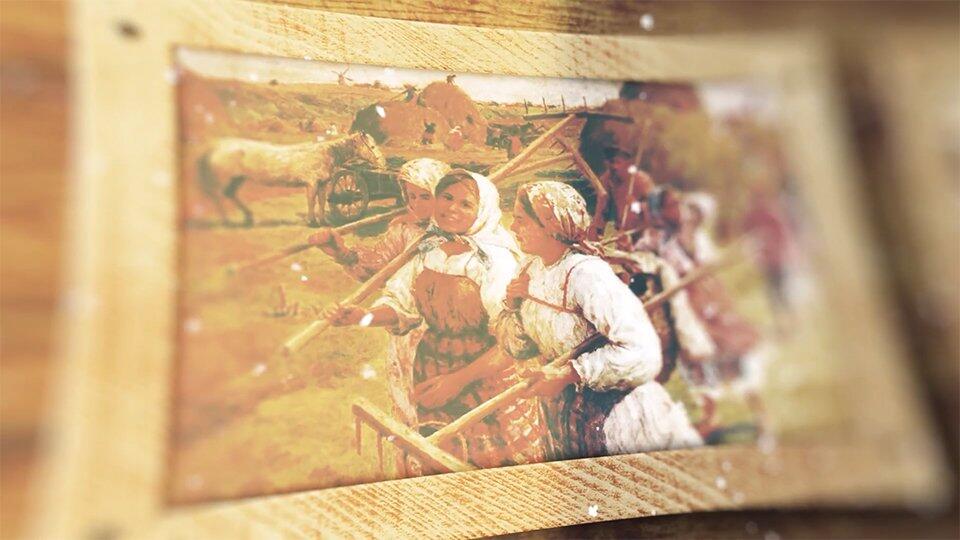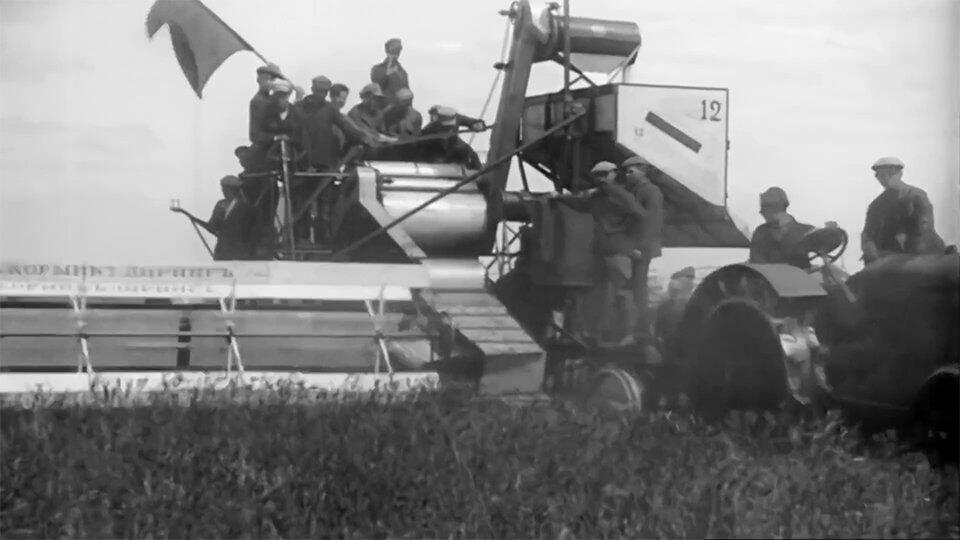Photo: © video screenshot

Photo: © video screenshot
State Councilor, diplomat Oscar Wiesel represented the interests of the Russian Empire in Europe. He was an ordinary foreign affairs officer who did not make serious decisions. But there is an interesting point: in 1915, Wiesel filled out a short questionnaire, and it turned out that in 27 years of service – from 1888 to 1915 – he was on vacation only three times.
In fact, this was the norm for the Russian Empire. Prior to 1967, annual leave was only 12 days. About how the weekends and holidays familiar to a modern person appeared, tells program “Unknown History” with Boris Ryzhov on REN TV.
What are “dog days”
“Dog Days” is what they call the summer holidays in England. This expression was adopted by the British from the ancient Romans. In the ancient empire, “vacation” was the name given to the brightest star in the constellation Canis Major. It was clearly visible in the sky from late July to late August. The Romans called this month dies caniculares, which literally translates as “dog days”.
“It is very hot in Italy in the summer, as we know, and it is very hard to work. Therefore, there were such periods when the Senate did not hold a meeting, and schoolchildren did not attend classes, and rich citizens of Rome left for their country houses”– says culturologist Maria Vasilenok.

Weekends for Roman slaves
Free Romans rested an average of 115 days a year – almost the same as modern Russians. Weekends were not reserved only for slaves. But there were holidays when they were also freed from work. These days, slaves wore special felt hats without brim – pileuses, or Phrygian caps. This headdress became the prototype of the red cap of the Jacobins – a symbol of freedom during the French Revolution. During the December festival of Saturnalia in honor of the god Saturn, Roman slaves could rest for a whole week.
“A characteristic feature on Saturnalia was a sign of equality: the owners, rich people, dressed as slaves, and their slaves celebrated these holidays in their homes. The owners, disguised as slaves, served their real slaves, who dressed as masters”the expert said.
“Holy Monday”
Commoners in many European countries rested on Sunday. However, artisans often celebrated the end of the working week so violently that they were not able to go to work the next day. With the light hand of the British, the tradition of Monday absenteeism was jokingly called “Holy Monday”. To increase productivity, in the 19th century, many factory owners made Saturday a shortened working day.
“Some employers could afford to work half a day, so that their employees and subordinates worked half a day in such a way that they celebrated on Saturday, recovered on Sunday, and went to work to the fullest from Monday”– said Ivan Anfertiev, Doctor of Historical Sciences, Professor of the Russian State Humanitarian University.
And already in the 20th century, most Western countries switched to a five-day work week with two days off. One of the first to introduce this practice at his factories was the American auto magnate Henry Ford.

Why in Rus’ they did not work on Sunday
In Russia, longer than in the West, the only day off was Sunday. True, in Rus’ it was not the last day of the week, but the first. It was called “week” – from the words “do nothing”.
“The week itself was called a week. On Sunday it was not customary to work. Moreover, for attracting serfs to work on this day, one could even get a punishment. A well-known historical example is when in 1699 Peter I sent Prince Obolensky to prison because he forced the serfs to go out into the field on Sunday”– said the culturologist.
When the weekend was legalized
True, for a long time Sunday was a non-working day only due to tradition. Only Nicholas II officially legalized the weekend. In 1897, the emperor forbade factories and institutions to work on Sundays and holidays from the Orthodox calendar.
When the Bolsheviks came to power, at first they did not violate traditions, except that they replaced church holidays with Soviet ones – such as May Day or the Day of the October Revolution. Experiments with the calendar began in 1929, after the introduction of continuous production in the country. The week became five days – four working days and one day off. Workers were divided into five color groups: yellow, pink, red, purple, and green. Each group had their own day off.
“But we realized very quickly that this is very inconvenient, because people spend holidays with their family, relatives, friends. And it turns out that you are a day off, and your friends or relatives work at another enterprise, and it has a different color calendar”Vasilenok explained.

Six-day work week in the USSR
In 1931, the USSR switched to a six-day week, and made weekends fixed for everyone. Non-working days are the 6th, 12th, 18th, 24th and 30th of each month. But this order did not last long. In 1940, the Soviet Union returned to a more familiar seven-day week with six working days, and with the outbreak of war, the weekend was completely canceled.
“Until 1947, all these days off were canceled, like holidays. The holiday could be celebrated after work. The only holidays that were celebrated two years after the war were May 9 in 1946 and 1947 and the victory over Japan on September 3, 1945”said the historian.
Black Saturday practice
After the war, non-working Sundays and holidays were returned to Soviet citizens, and since 1965, enterprises and institutions began to be transferred to a five-day work week with an eight-hour working day and two days off – Saturday and Sunday. True, with such a schedule, the total amount of working time in the year was less than with the previous schedule, so the practice of black Saturdays was introduced at enterprises.
“These are Saturdays on which the whole enterprise had to go out and work. It was believed that during the year there was a minute-by-minute flaw, and a black Saturday was announced”– Anfertiev explained.

How Soviet citizens spent their holidays
As for the annual paid leave, until 1967 it was only 12 days, later it was increased to 15. However, some categories of workers were entitled to longer holidays. So, the workers of the Far North rested for a month and a half, and teachers could count on a vacation allowance of 48 working days. Most often, ordinary Soviet citizens spent their summer holidays in the country, went to the sea as “savages” or went on a camping trip.
“Tourist traffic was very developed. There were special stations where you could get tourist equipment, carbines, ropes. Tourist traffic was encouraged and supported economically”– emphasized the professor of the Russian State University for the Humanities.
An ordinary Soviet worker could afford a full-fledged all inclusive. A three-week vacation in a sanatorium by the sea cost from 160 to 220 rubles with an average salary of 170. Although few people paid the full amount for vouchers, enterprise employees rested in departmental sanatoriums for a third of the price, and pensioners, veterans and single mothers received vouchers for free.
Different versions of historical events, amazing episodes of history, little-known facts and interesting theories – study all this and much more in the Unknown History program with Boris Ryzhov on REN TV.
Source: Ren
Alfred Hart is an accomplished journalist known for his expert analysis and commentary on global affairs. He currently works as a writer at 24 news breaker, where he provides readers with in-depth coverage of the most pressing issues affecting the world today. With a keen insight and a deep understanding of international politics and economics, Alfred’s writing is a must-read for anyone seeking a deeper understanding of the world we live in.
